Questions & Answers
Protecting your land is a significant decision, and it’s natural to have questions. Here are some common questions with answers to help guide you.
Understanding Conservation Easements:
What is a conservation easement and how does it work?
A conservation easement is a voluntary legal agreement with a qualified holder such as Flathead Land Trust that provides landowners with the means to secure the future of their land and protect its conservation values in perpetuity. Typically, the conservation values of the land such as its wetlands, riparian areas, bird and wildlife habitat, farmland, and open space are protected by limiting future subdivision and development of a property. Often, future development is limited to a “building envelope” and other future uses that are incompatible with maintaining the conservation values are restricted. Traditional uses such as agriculture and timber management continue on the property.
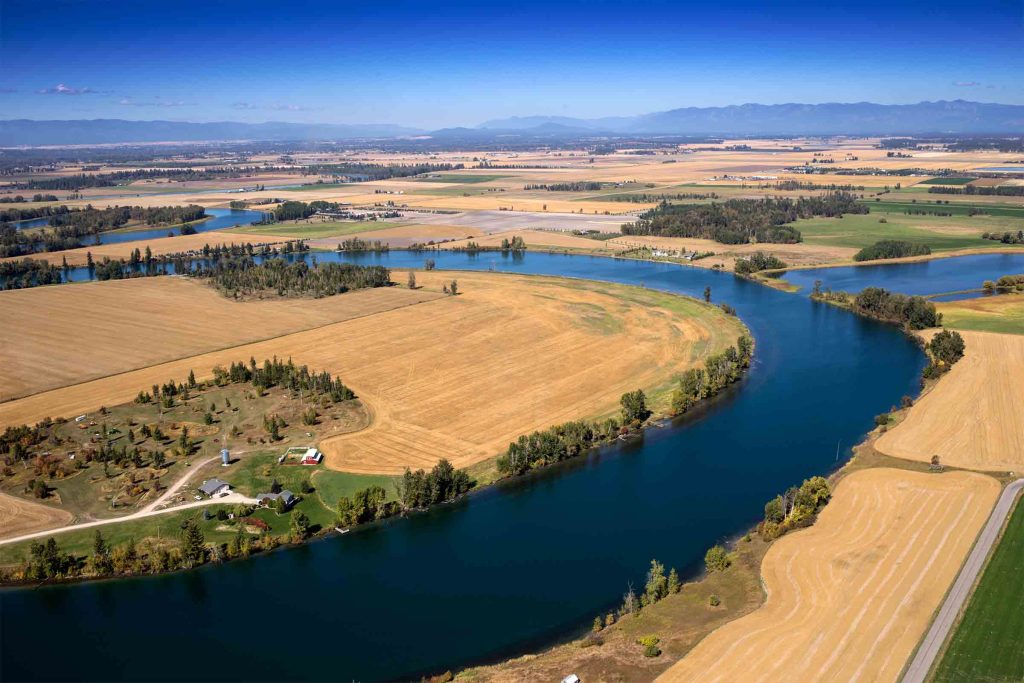
Diamond B Conservation Easement on the Flathead River, photo courtesy of GravityShots.com
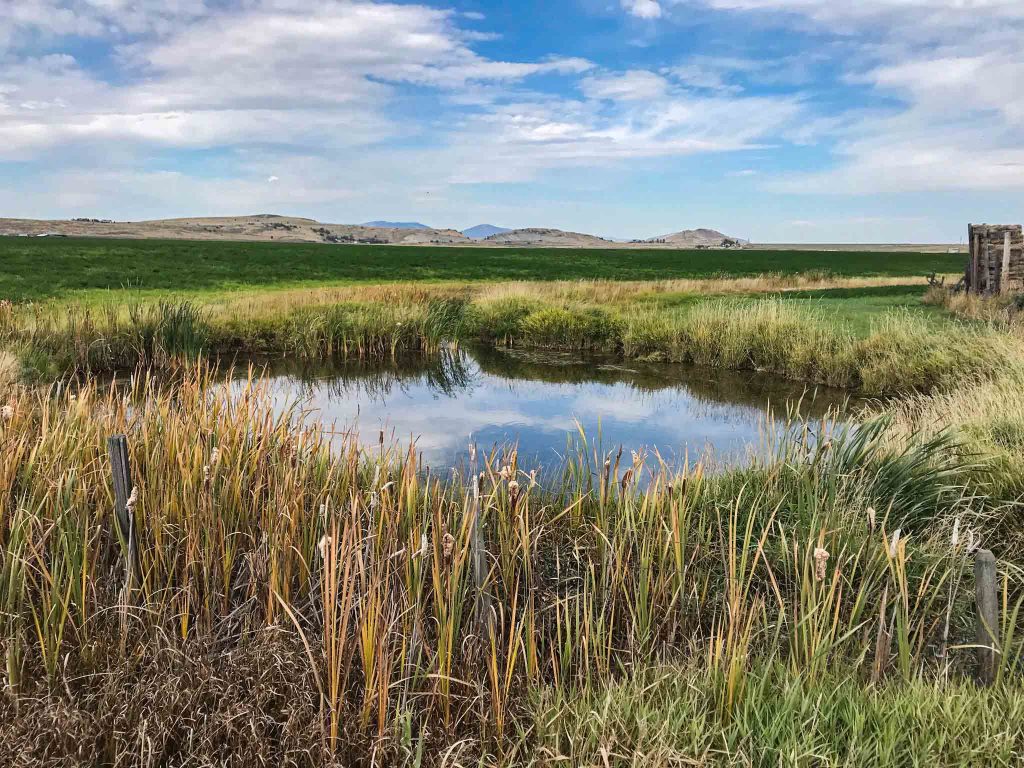
Can a conservation easement align with my personal and family goals for the land?
Yes, conservation easements are designed to reflect your vision for the land. Whether you want to preserve open spaces, protect wildlife, ensure continued agriculture or pass on a legacy to your heirs, an easement can help meet your goals.
Does Flathead Land Trust accept conservation easements on all properties?
No, generally properties need to be 40 acres or larger and have important natural resources such as wetlands, streams, important bird and wildlife habitat, or include productive farmland or scenic open space. Flathead Land Trust may consider accepting conservation easements less than 40 acres if the property borders other conserved properties or public land, or if it includes exceptional conservation values.
How does a conservation easement continue to work “in perpetuity”?
The conservation easement is recorded and runs with the title of the property throughout time. Future owners of the property are obligated to abide by the terms of the easement and continue to steward the land to keep its conservation values intact for future generations.
What happens after the conservation easement is in place?
Flathead Land Trust is obligated to ensure your vision reflected in the conservation easement is upheld by future landowners and that your land will be protected in perpetuity. To do this, we visit the property annually to ensure the easement terms are followed. We are a partner and resource for landowners throughout time.
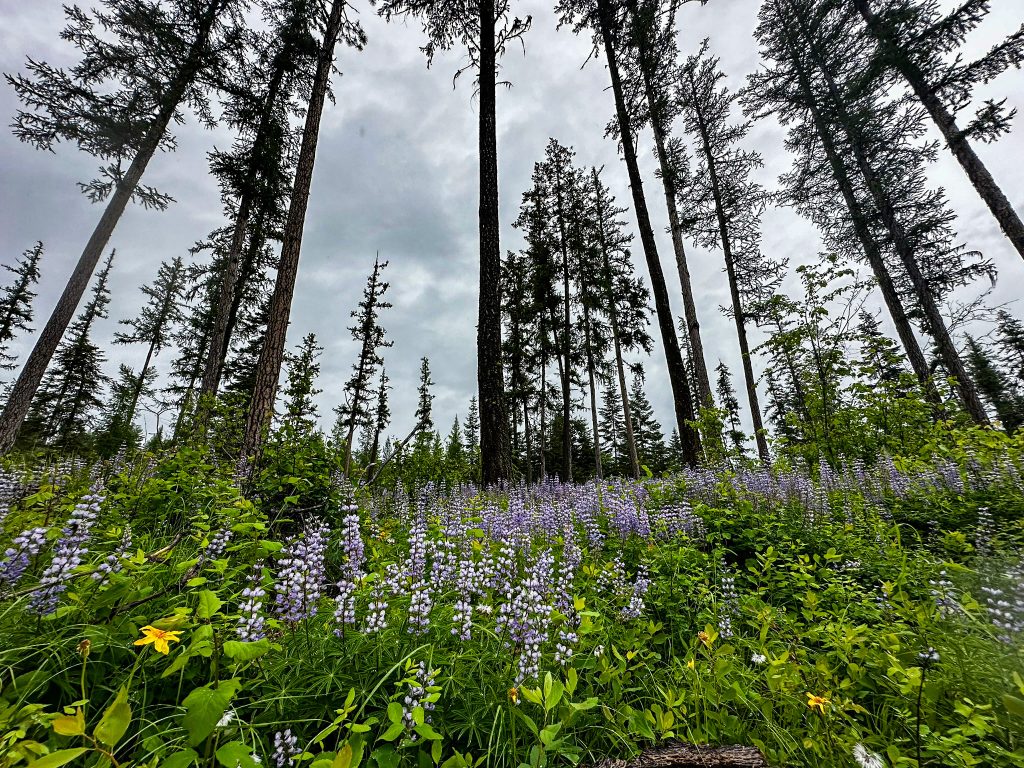
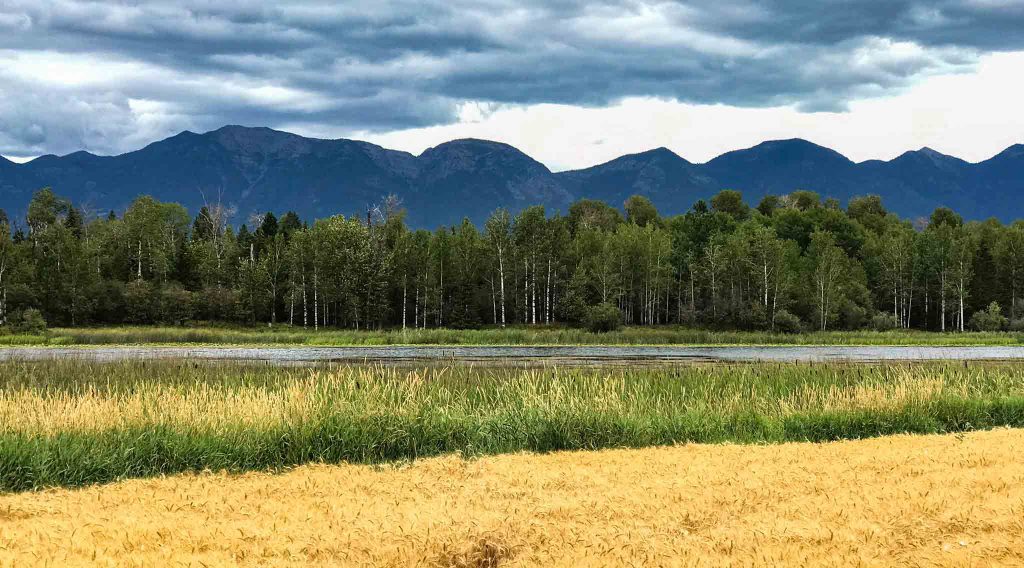
How do conservation easements contribute to the public benefits of land and water protection?
Conservation easements help protect important natural, agricultural, scenic areas and water resources, protecting biodiversity and open spaces for future generations. They are a key tool in safeguarding important natural resources and promoting sustainable land use across communities
Financial Benefits of Conservation Easements
What are the federal income tax benefits associated with conservation easements?
Landowners can often pay reduced federal income taxes for placing a conservation easement on their land. The value of the conservation easement is considered a charitable gift allowing it to be deducted from a landowner’s federally taxable income. The gift is deductible for up to 50% of the landowner’s adjusted gross income in the year of the gift, and up to 15 years in the future or until the value of the gift has been used. For example, a landowner earning $50,000 a year whose conservation easement was worth $500,000 can potentially take a $25,000 deduction each year for 16 years, generating a total of $400,000 in federal income tax deductions. Each landowner’s financial situation is unique so you should consult your financial advisor to determine how these tax benefits could apply to you.
Download our tax benefits handout HERE.
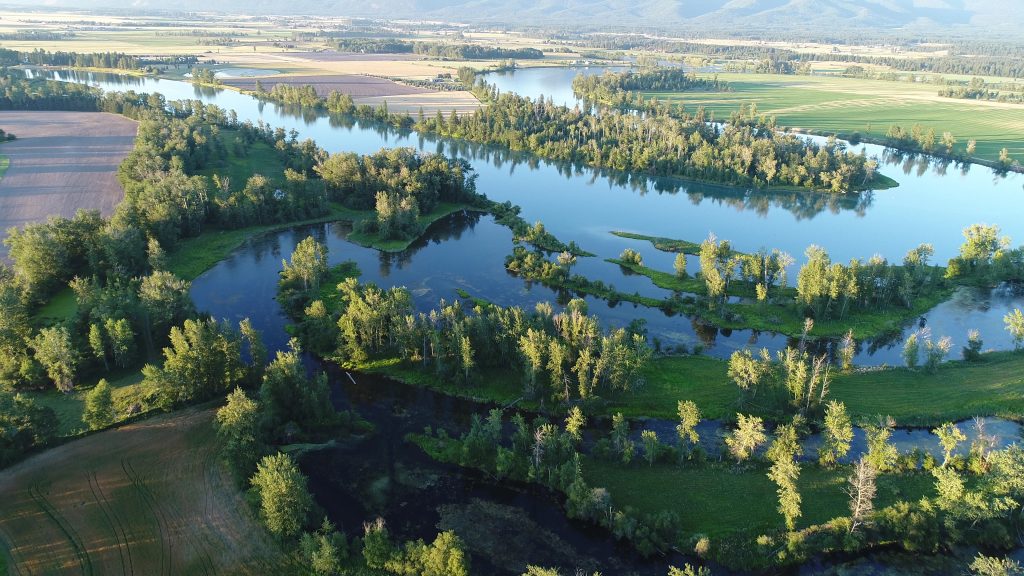
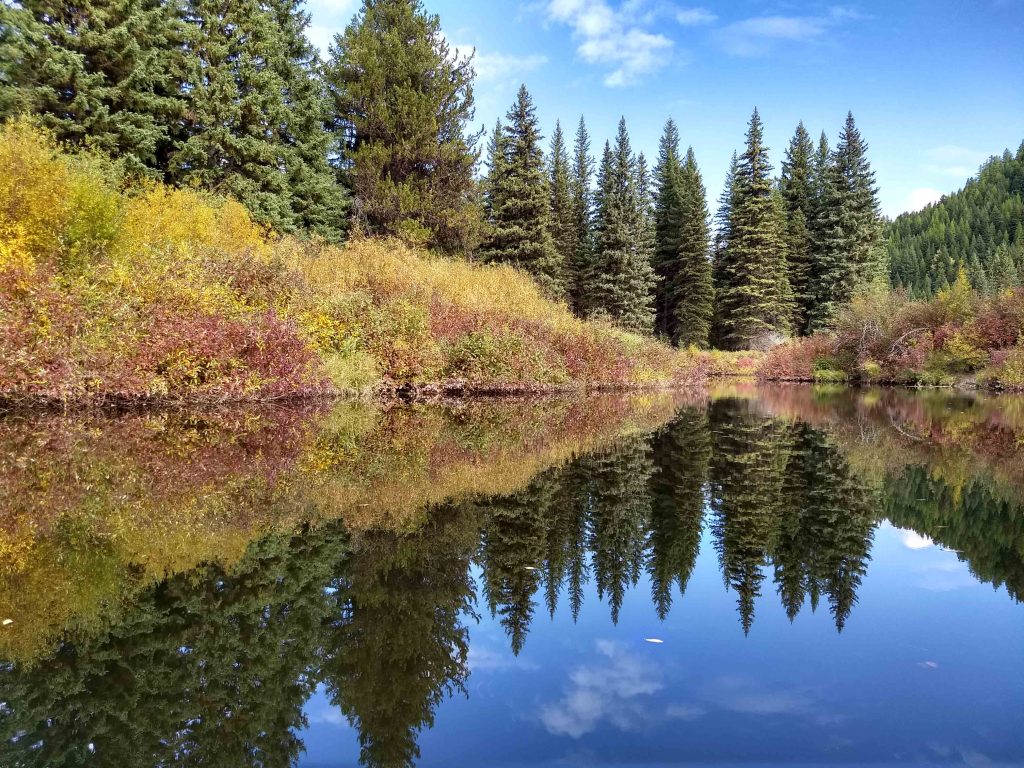
How is the value of a conservation easement determined?
Because conservation easements limit future residential and commercial development of a property, they have value. The value of a conservation easement is determined by a qualified appraiser and is generally the difference between the value of the property before the conservation easement is in place and the value of the property after the conservation easement is in place. The “before” value is the amount a person would pay for the property with its development rights available. The “after” value is the amount a person would pay for the property with those development rights restricted in the future.
What land qualifies for cash through a purchased conservation easement?
In some cases, landowners can obtain cash for a portion of the value of a conservation easement from federal grants or other funding sources. Properties that qualify for such cash usually have rich farmland or migratory bird habitat such as wetlands. Flathead Land Trust will apply for funding for landowners if they qualify for cash benefits.
Will placing a conservation easement on my property allow me to avoid paying property taxes?
No, placing a conservation easement on your property will not allow you to avoid paying property taxes, as you remain the owner and are still liable for taxes based on the land’s current use.
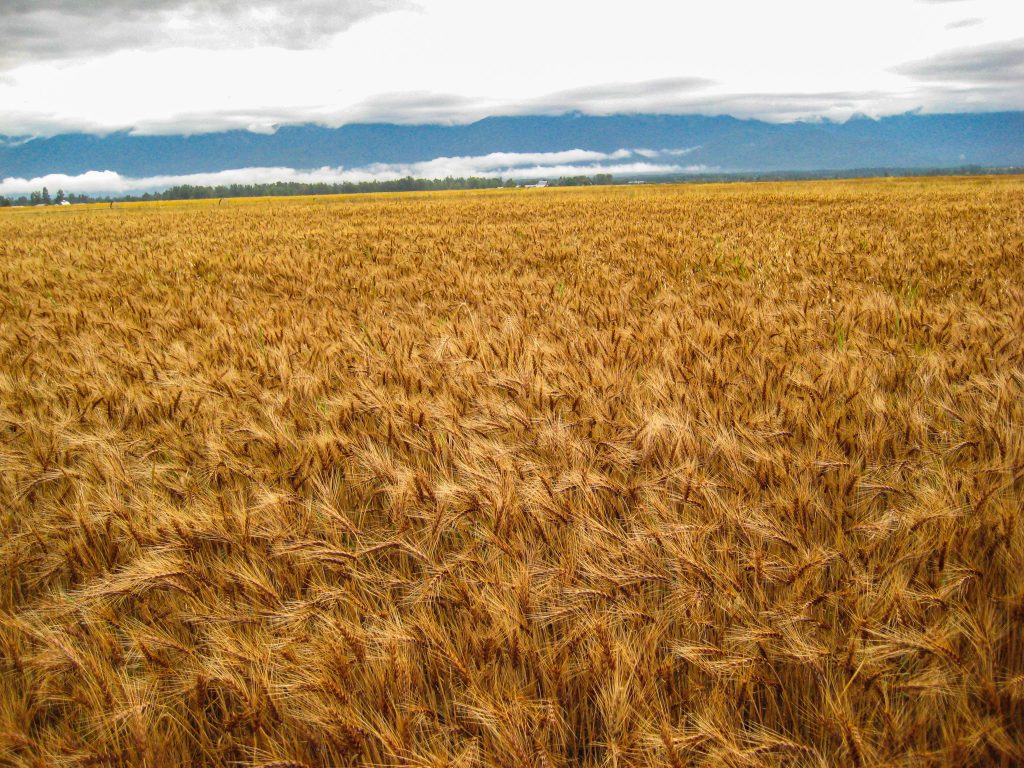
Conservation Easement Process
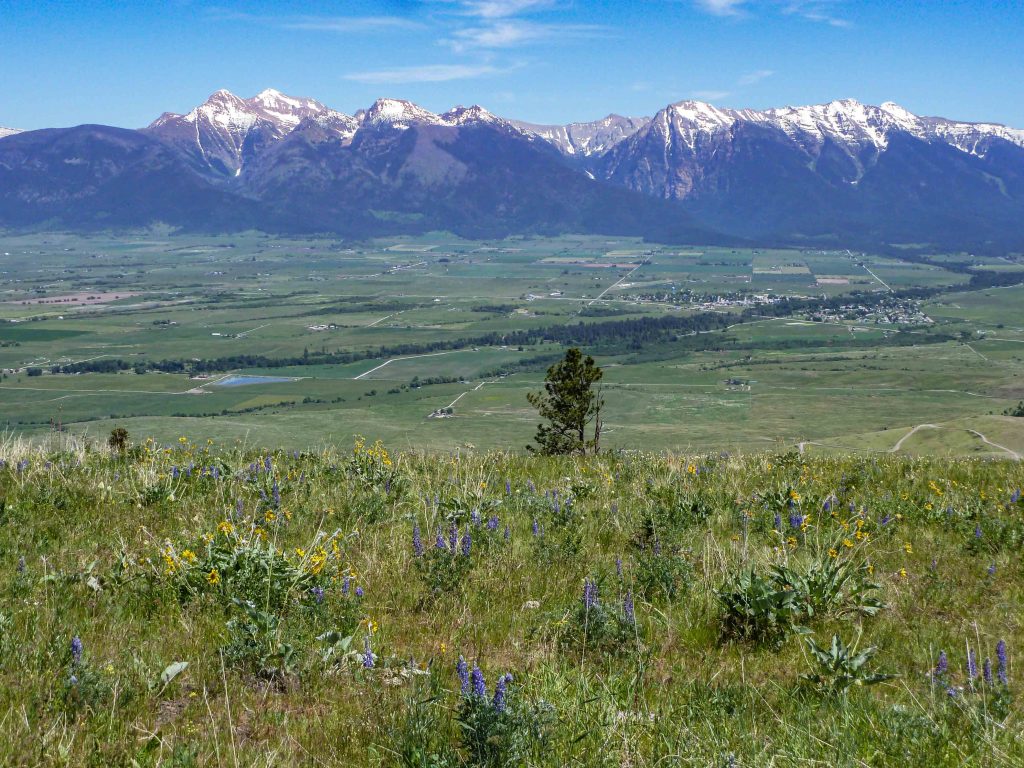
If I am interested in a conservation easement, what is the first step?
The first step is to set up a site visit for us to come talk with you about your future plans for the property and for you to show us your property’s natural features and conservation values.
Once I decide I want to move forward, what is the process?
Once a you decide to move forward with a conservation easement, a series of due diligence takes place, including tailoring the easement terms to protect the conservation values of your land while meeting your future desires for your property.
How long does it take to complete a conservation easement?
It takes between six months and a year to complete a typical conservation easement, but can takes two years or more to finish if seeking grants for purchased conservation easements.
Are there costs associated with conserving my land?
Yes. We do ask landowners to make a one-time contribution to a dedicated Stewardship and Legal Defense Fund for their conservation easement. This fund supports our long term monitoring of the conservation easement and our ability to uphold its conservation values in perpetuity. We also ask landowners to pay the costs associated with implementing the conservation easement to the extent that they are able. In cases where these costs create a barrier to conserving important lands, we will work with landowners to find funding to complete their conservation easement.
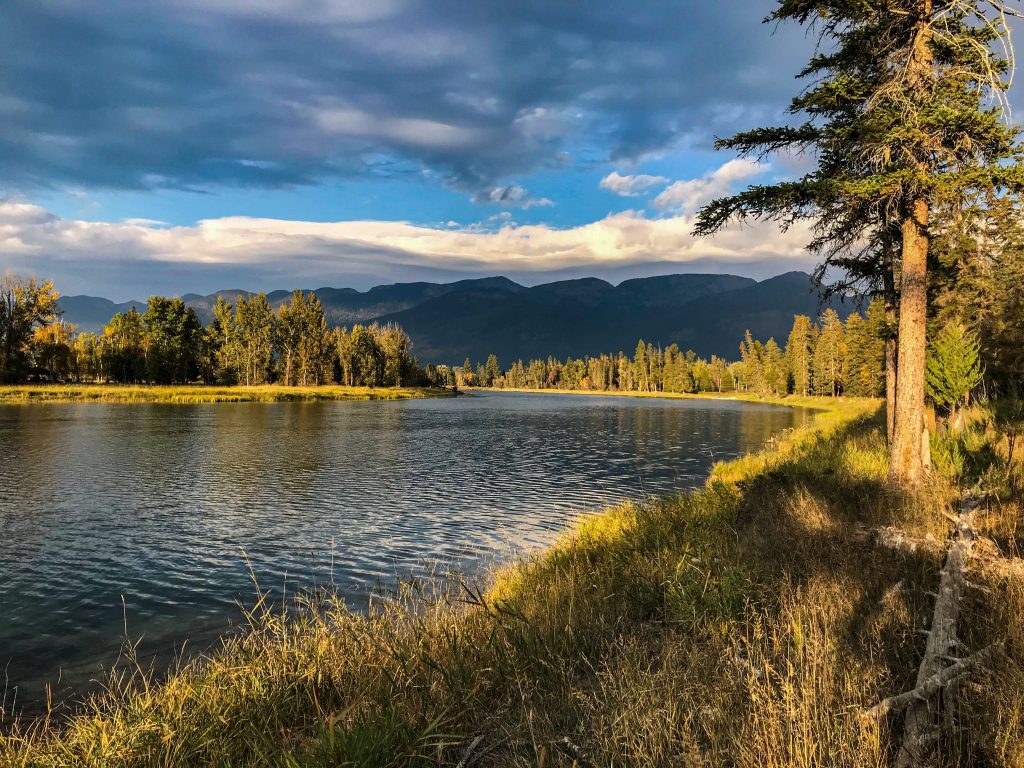
Addressing Common Myths
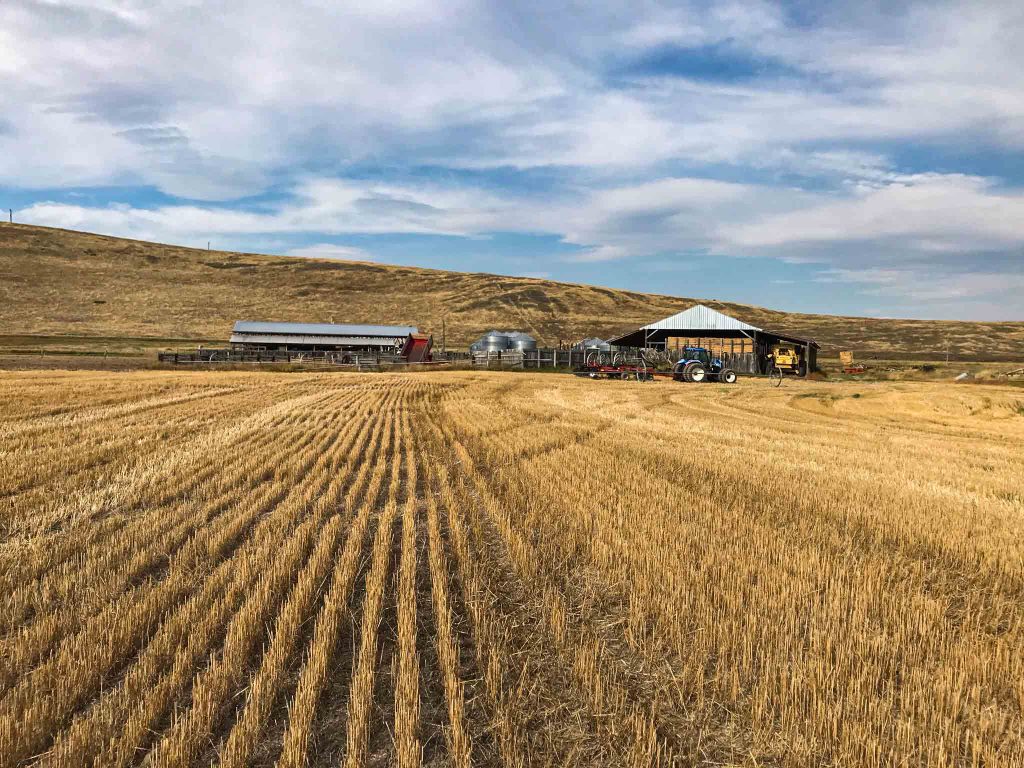
Do I still own and manage my land under a conservation easement?
Yes! Under a conservation easement, you continue to own and manage your land. You can sell the property; pass it on to heirs; and continue farming, forest management, and other uses of your land.
Will placing a conservation easement on my land require public access?
No, placing a conservation easement on your land does not automatically grant public access. Even though easements help protect important resources for the community, you retain control over access to your property and can choose whether to allow public entry.
Do conservation easements affect property taxes?
No, property taxes are determined by land use and land use does not change when a conservation easement is put in place.
Are land trusts associated with the government?
No, land trusts are private, non-profit organizations funded largely by donations from the public. Sometimes land trusts obtain federal grants to provide cash to landowners to purchase a conservation easement and reward landowners for continuing to be good stewards of the land. We also can work with landowners who are interested in selling their land, but want to ensure it is conserved. This is typically done by transferring it to a public entity to maintain its important resource values and enhance outdoor recreation opportunities for the public.
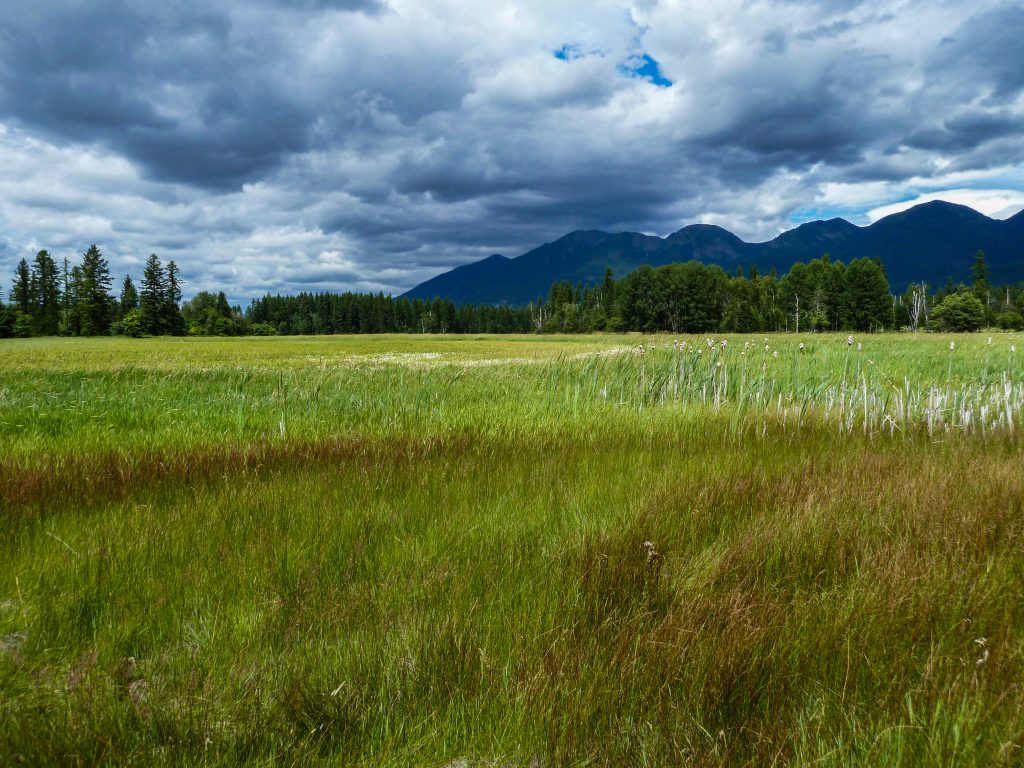
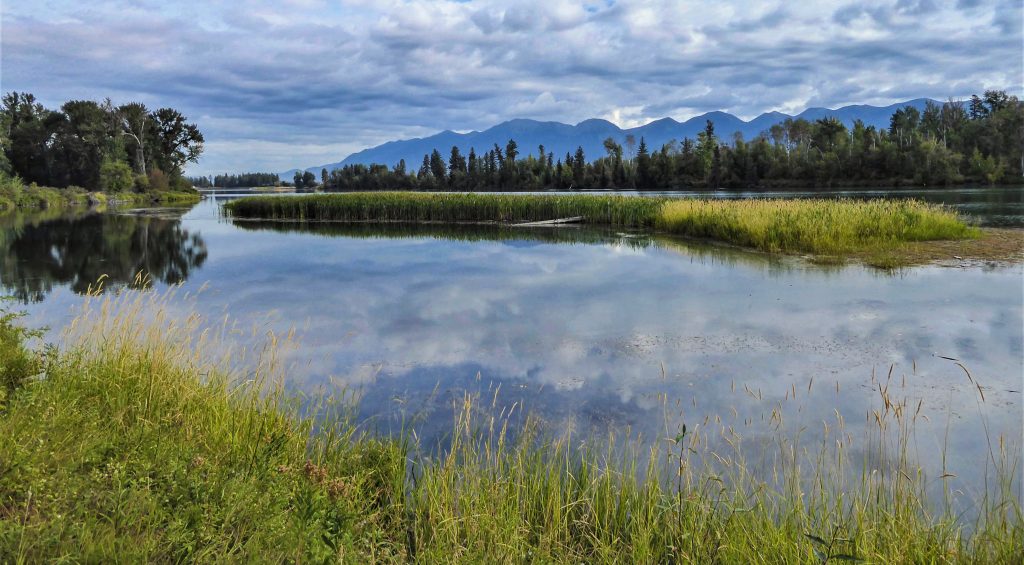
How does a conservation easement affect my private property rights?
Your decision to establish a conservation easement is an exercise of your property rights to keep the land similar to the way it is today throughout time. Just as selling to a developer is exercising property rights to change the land’s use to be part of a residential subdivision (i.e., likely never returning the land to agriculture in the future).
Additional Questions
Will a conservation easement affect the resale value of my property?
Conservation easements have value because they limit future residential and commercial development of a property. As such, landowners can often obtain federal income tax benefits or, sometimes, cash for the value of the conservation easement. They may also reduce the market value of the property. However, conservation easements are placed on land that is very appealing to buyers and will retain this appeal and remain highly desirable to buyers.
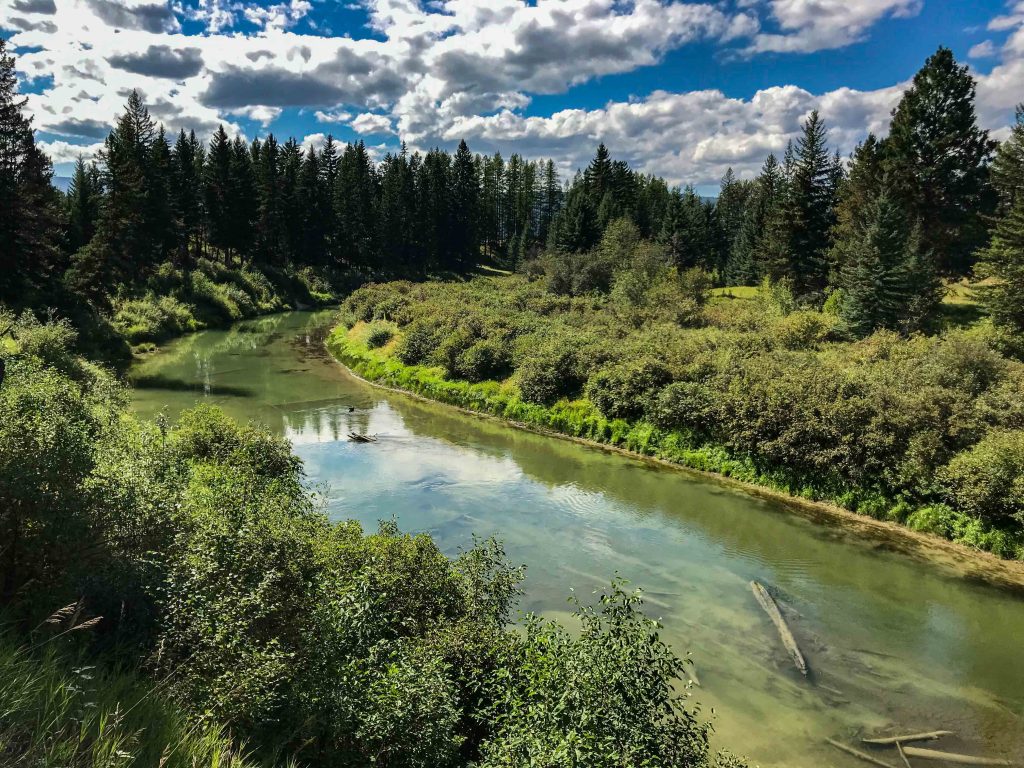
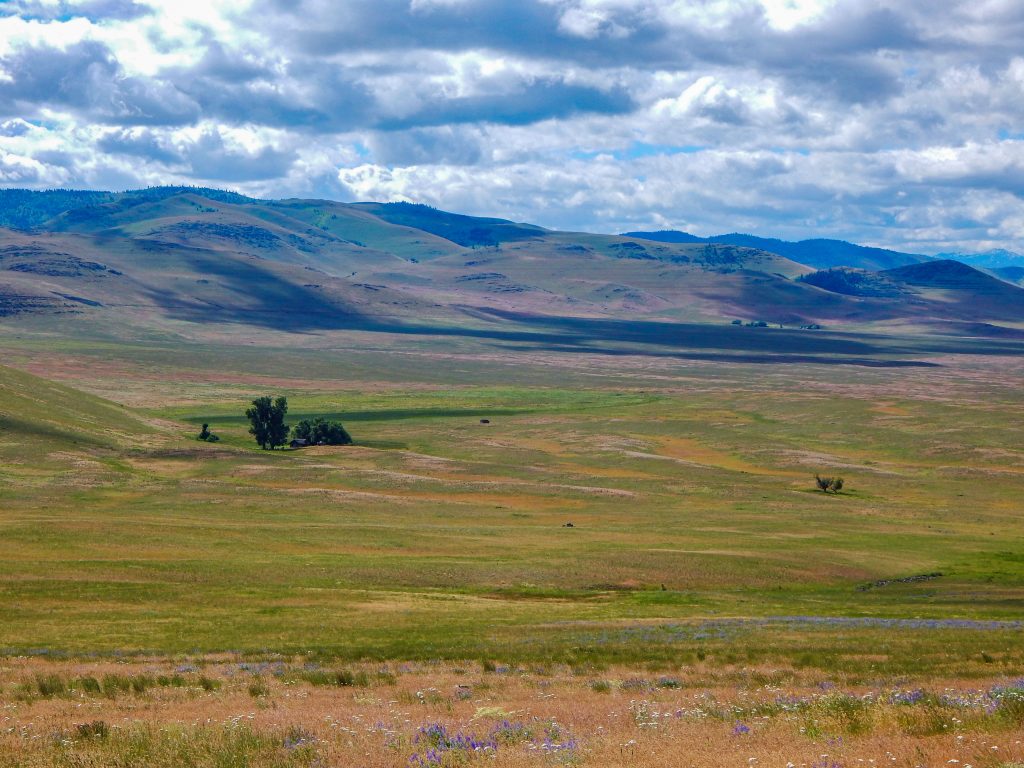
Can I amend or terminate a conservation easement in the future?
In most cases, a conservation easement cannot be amended or terminated, as it is a permanent legal agreement tied to the property in perpetuity.
What happens if Flathead Land Trust ceases to exist?
If Flathead Land Trust ceases to exist, the conservation easement will be transferred to another land trust or qualified organization to ensure the land continues to be protected and the conservation easement stewarded and enforced throughout time.
